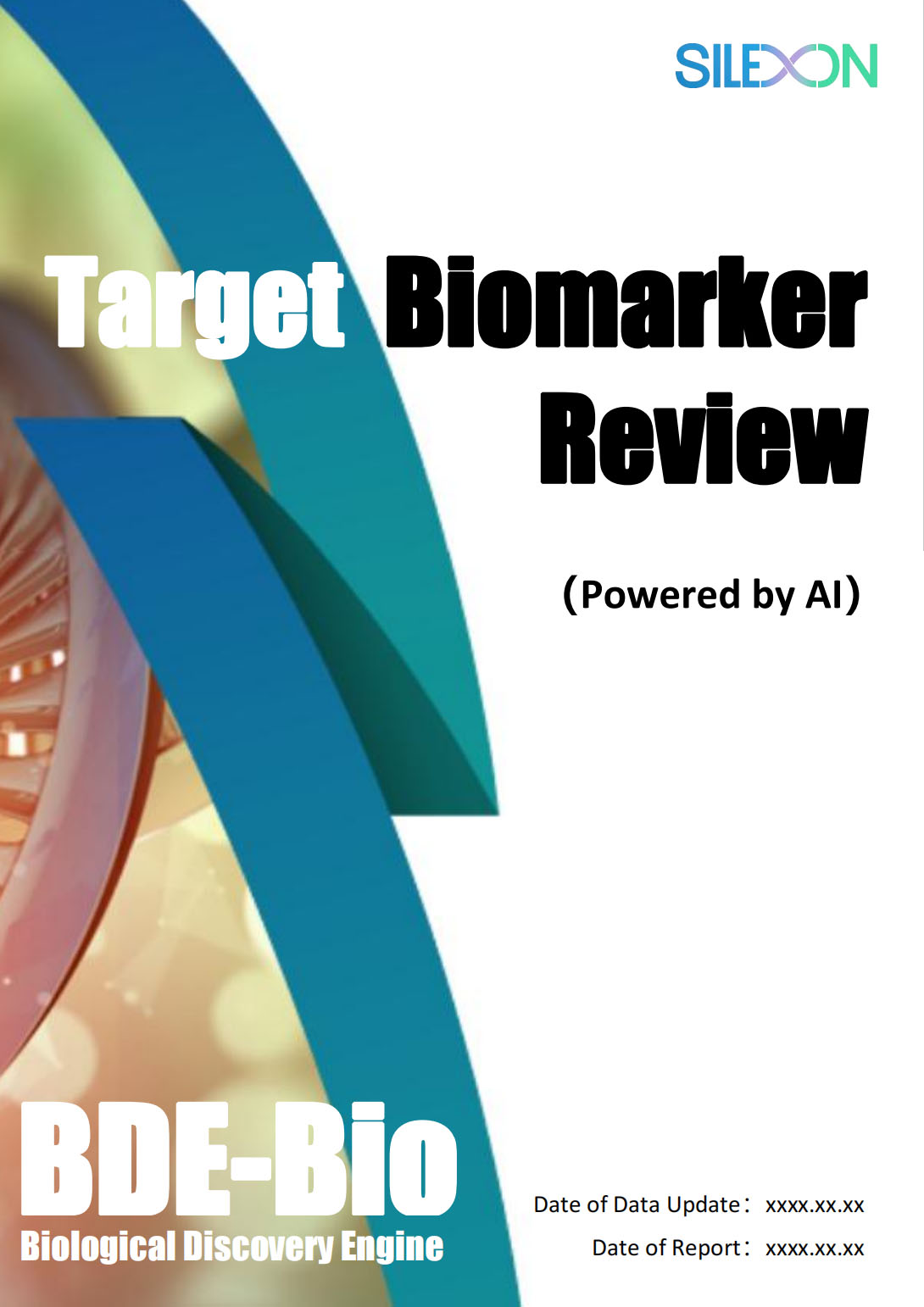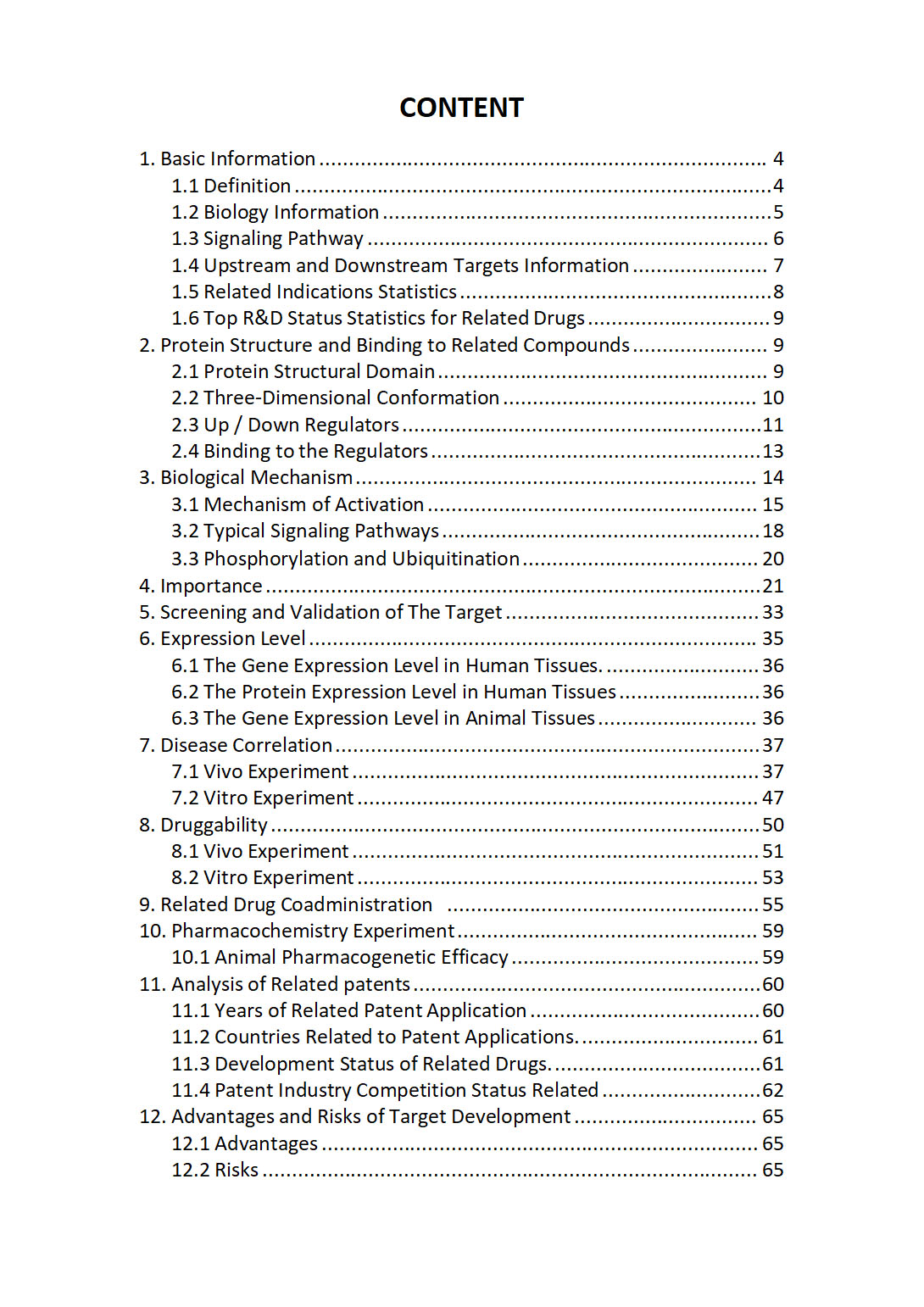Phosphodiesterase 8 (nonspecified subtype) Related Diseases


Related Diseases
1) Parkinson's Disease
Parkinson Disease, Late-Onset, also known as parkinson disease, is related to hereditary late-onset parkinson disease and parkinson disease 3, autosomal dominant, and has symptoms including angina pectoris, back pain and headache. An important gene associated with Parkinson Disease, Late-Onset is MAPT (Microtubule Associated Protein Tau), and among its related pathways/superpathways is Parkinson's disease pathway. The drugs Idebenone and Tadalafil have been mentioned in the context of this disorder. Affiliated tissues include Brain, and related phenotypes are hallucinations and abnormal autonomic nervous system physiology
2) Myocardial Infarction
Myocardial Infarction, also known as heart attack, is related to lipoprotein quantitative trait locus and cardiovascular system disease, and has symptoms including angina pectoris, chest pain and edema. An important gene associated with Myocardial Infarction is MIAT (Myocardial Infarction Associated Transcript), and among its related pathways/superpathways are Response to elevated platelet cytosolic Ca2+ and Antiviral and anti-inflammatory effects of Nrf2 on SARS-CoV-2 pathway. The drugs Miconazole and Clotrimazole have been mentioned in the context of this disorder. Affiliated tissues include Bone and Limb.
3) Pain
Paine Syndrome, also known as pain disorder, is related to paroxysmal extreme pain disorder and indifference to pain, congenital, autosomal recessive. An important gene associated with Paine Syndrome is HFE (Homeostatic Iron Regulator), and among its related pathways/superpathways are Cardiac conduction and Neuropathic Pain-Signaling in Dorsal Horn Neurons. The drugs Pregabalin and Dinoprostone have been mentioned in the context of this disorder. Affiliated tissues include dorsal root ganglion, spinal cord and breast, and related phenotypes are microcephaly and spastic diplegia
4) Dementia, Vascular
Vascular Dementia, also known as dementia, vascular, is related to binswanger's disease and dementia. An important gene associated with Vascular Dementia is NOTCH3 (Notch Receptor 3), and among its related pathways/superpathways are Alzheimer's disease and miRNA effects and Neuroscience. The drugs Acetaminophen and Hydrocodone have been mentioned in the context of this disorder. Affiliated tissues include brain, kidney and heart, and related phenotypes are nervous system and homeostasis/metabolism
5) Diabetes
Diabetes Mellitus, also known as diabetes, is related to type 2 diabetes mellitus and gestational diabetes, and has symptoms including angina pectoris, tremor and equilibration disorder. An important gene associated with Diabetes Mellitus is KCNJ11 (Potassium Inwardly Rectifying Channel Subfamily J Member 11), and among its related pathways/superpathways are Regulation of beta-cell development and Cell differentiation - expanded index. The drugs Miconazole and Clotrimazole have been mentioned in the context of this disorder. Affiliated tissues include pancreas, bone marrow and kidney.
The "Phosphodiesterase 8 (nonspecified subtype) Target / Biomarker Review Report" is a customizable review of hundreds up to thousends of related scientific research literature by AI technology, covering specific information about Phosphodiesterase 8 (nonspecified subtype) comprehensively including but not limited to:
• general information;
• protein structure and compound binding;
• protein biological mechanisms;
• its importance;
• the target screening and validation;
• expression level;
• disease relevance;
• drug resistance;
• related combination drugs;
• pharmacochemistry experiments;
• related patent analysis;
• advantages and risks of development, etc.
The report is helpful for project application, drug molecule design, research progress updates, publication of research papers, patent applications, etc. If you are interested to get a full version of this report, please feel free to contact us at BD@bio.cacnex.com.
More Common Targets
11beta-Hydroxysteroid Dehydrogenase | 14-3-3 Protein | 15-Lipoxygenase | 17-beta-Hydroxysteroid dehydrogenase | 28S ribosomal subunit, mitochondrial | 3-Ketoacyl-CoA Thiolase (3-KAT) | 39S ribosomal subunit, mitochondrial | 4EHP-GYF2 complex | 5-Hydroxytryptamine Receptor | 5-Hydroxytryptamine Receptor 1 (5-HT1) | 5-Hydroxytryptamine Receptor 2 (5-HT2) | 60S Ribosome | 9-1-1 cell-cycle checkpoint response complex | A-Kinase Anchor Proteins | A1BG | A1BG-AS1 | A1CF | A2M | A2M-AS1 | A2ML1 | A2MP1 | A3GALT2 | A4GALT | A4GNT | AAAS | AACS | AACSP1 | AADAC | AADACL2 | AADACL2-AS1 | AADACL3 | AADACL4 | AADACP1 | AADAT | AAGAB | AAK1 | AAMDC | AAMP | AANAT | AAR2 | AARD | AARS1 | AARS2 | AARSD1 | AASDH | AASDHPPT | AASS | AATBC | AATF | AATK | ABALON | ABAT | ABCA1 | ABCA10 | ABCA11P | ABCA12 | ABCA13 | ABCA17P | ABCA2 | ABCA3 | ABCA4 | ABCA5 | ABCA6 | ABCA7 | ABCA8 | ABCA9 | ABCB1 | ABCB10 | ABCB11 | ABCB4 | ABCB5 | ABCB6 | ABCB7 | ABCB8 | ABCB9 | ABCC1 | ABCC10 | ABCC11 | ABCC12 | ABCC13 | ABCC2 | ABCC3 | ABCC4 | ABCC5 | ABCC6 | ABCC6P1 | ABCC6P2 | ABCC8 | ABCC9 | ABCD1 | ABCD2 | ABCD3 | ABCD4 | ABCE1 | ABCF1 | ABCF1-DT | ABCF2 | ABCF3 | ABCG1 | ABCG2
CONTACT
BD@bio.cacnex.com
2025© Cacnex Consulting Ltd. All Rights Reserved

